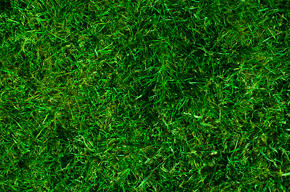Aerating and Dethatching

Core Aeration-
A lush, healthy lawn begins with strong, well-nourished roots. Grass roots require adequate oxygen to thrive and grow. Over time, soil compaction- often worsened by heavy foot traffic and lawn rolling, can restrict the flow of oxygen to the roots. This also prevents water and other nutrients from penetrating the soil, hindering your lawn’s overall health.
Core aeration is an effective method to combat soil compaction. The process involves using a core aerator, a piece of equipment that creates thousands of finger-sized holes into the lawn and removes small plugs of soil. These plugs are naturally broken down within a few days, allowing for better air, water, and fertilization movement to the roots. For the best results, core aeration is best performed when the soil is soft, such as after rain or snowmelt.
Dethatching-
Thatch is the accumulation of decomposing organic material, such as grass clippings, leaf fragments, and small sticks debris embedded in your lawn. A small amount of thatch to 1/2 inch is generally acceptable, but when it exceeds this thickness, it can lead to significant turfgrass problems, including:
- Reduced effectiveness of fertilizers and pesticides
- Increased risk of turf diseases and insect infestations
Dethatching, or “power-raking,” is the process of removing excess thatch to restore your lawn to its optimal condition. At Belko Landscaping, we use a specialized dethatching unit that pulls across the lawn, lifting the thatch to the surface. After the entire yard is dethatched, the debris is collected with a grass sweep, bagged, and removed for proper disposal.
Dethatching is generally performed as a part of our Spring services, from early April to early May, when ground conditions are most suitable for best results.
Service Areas-
Belko Landscaping provides core aeration and dethatching services to: Methuen, Andover, North Andover, Lawrence, and Salem, NH.
